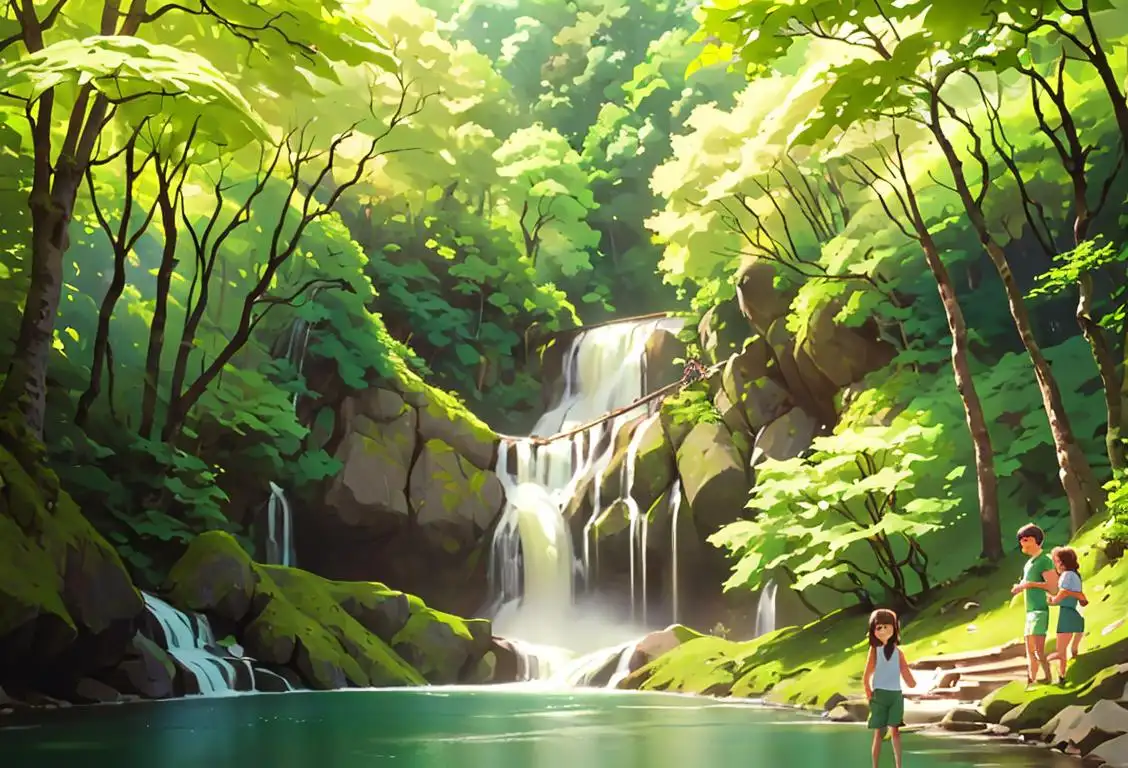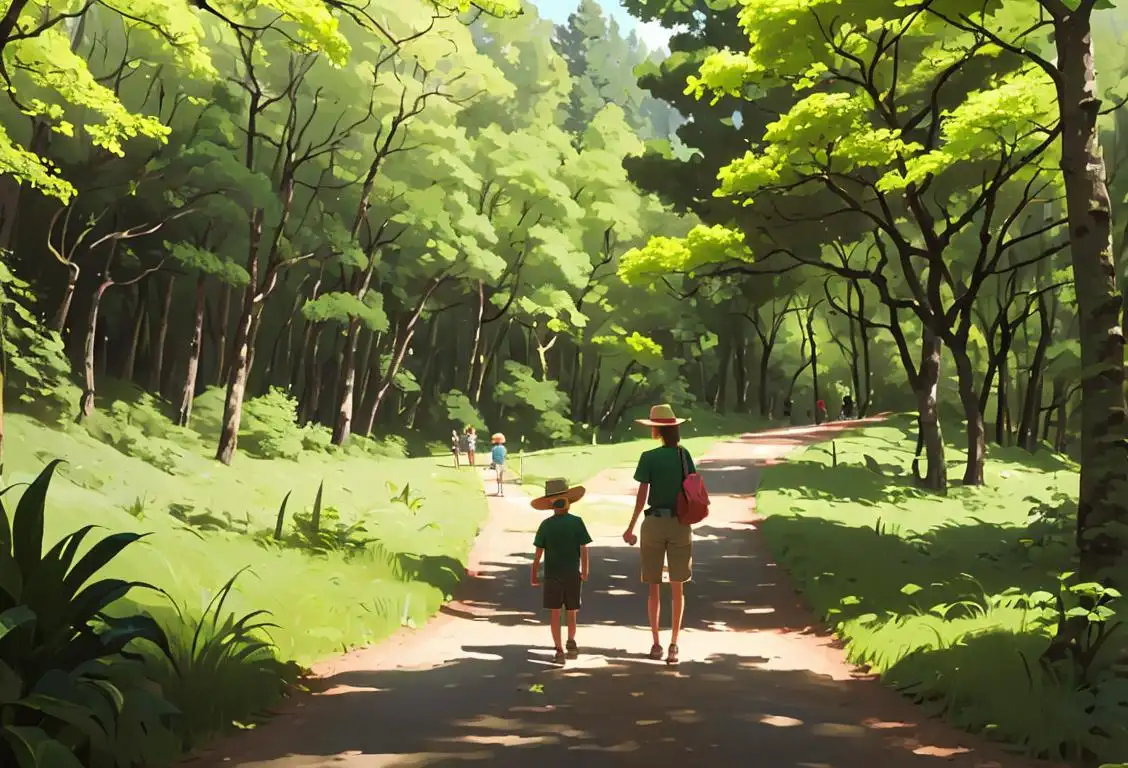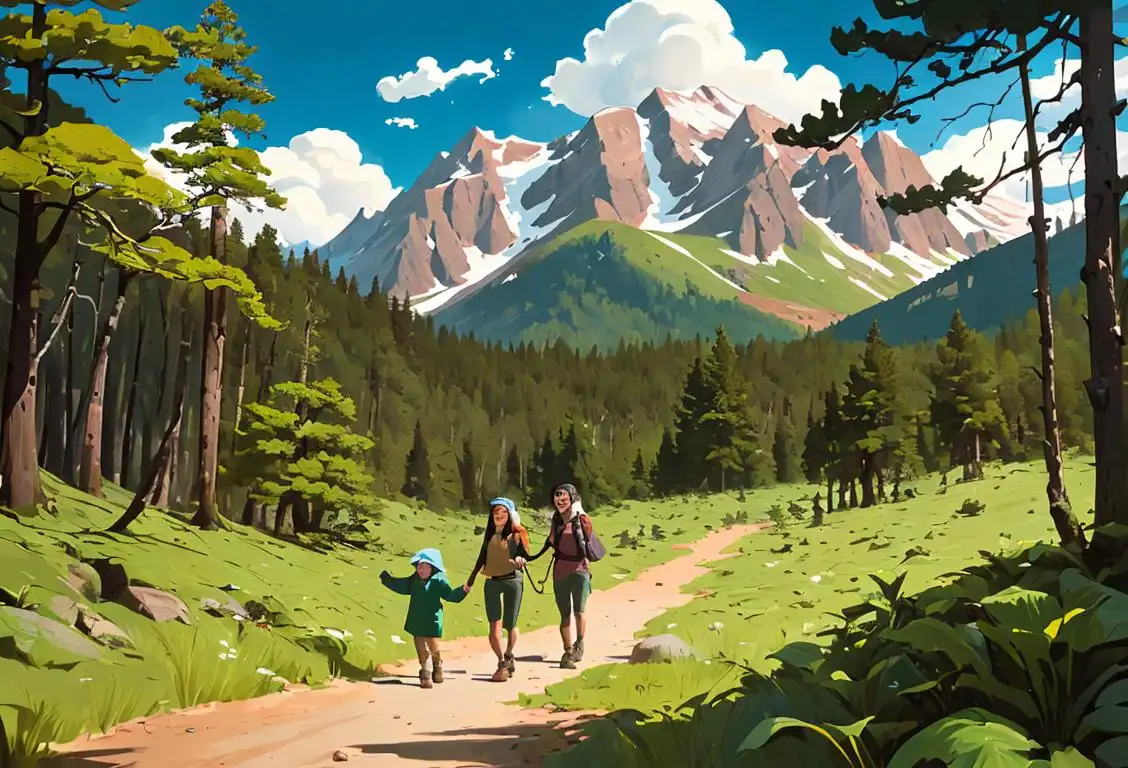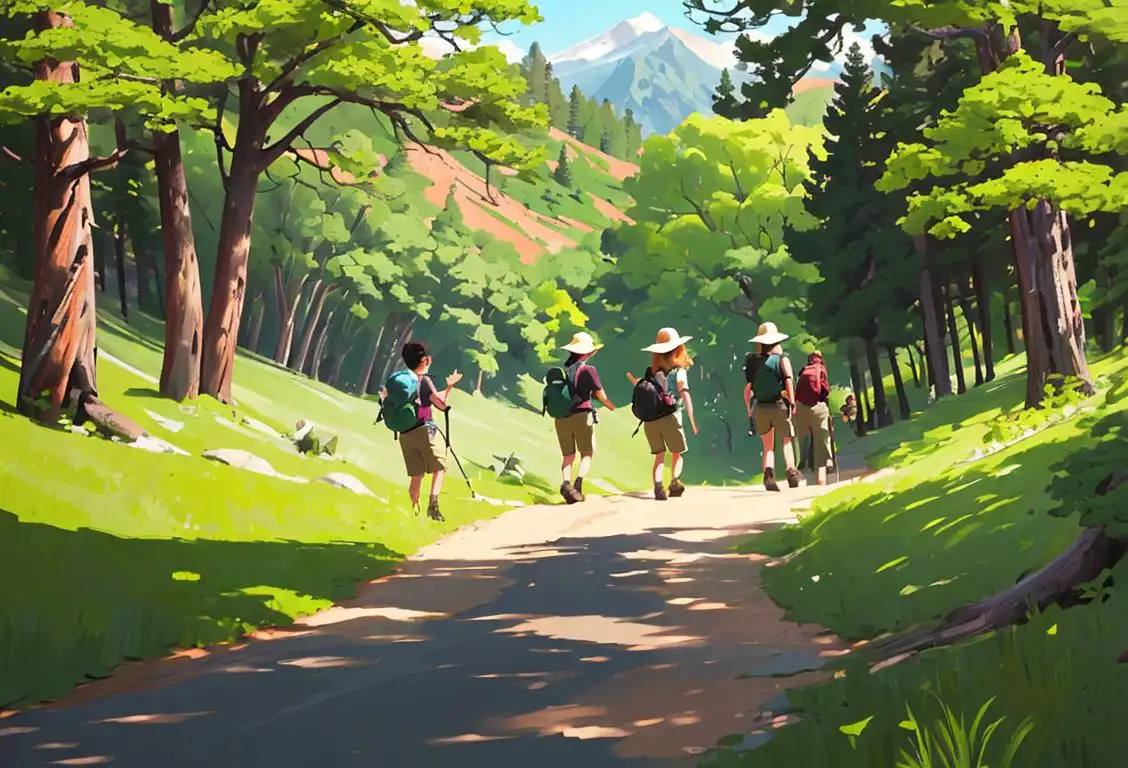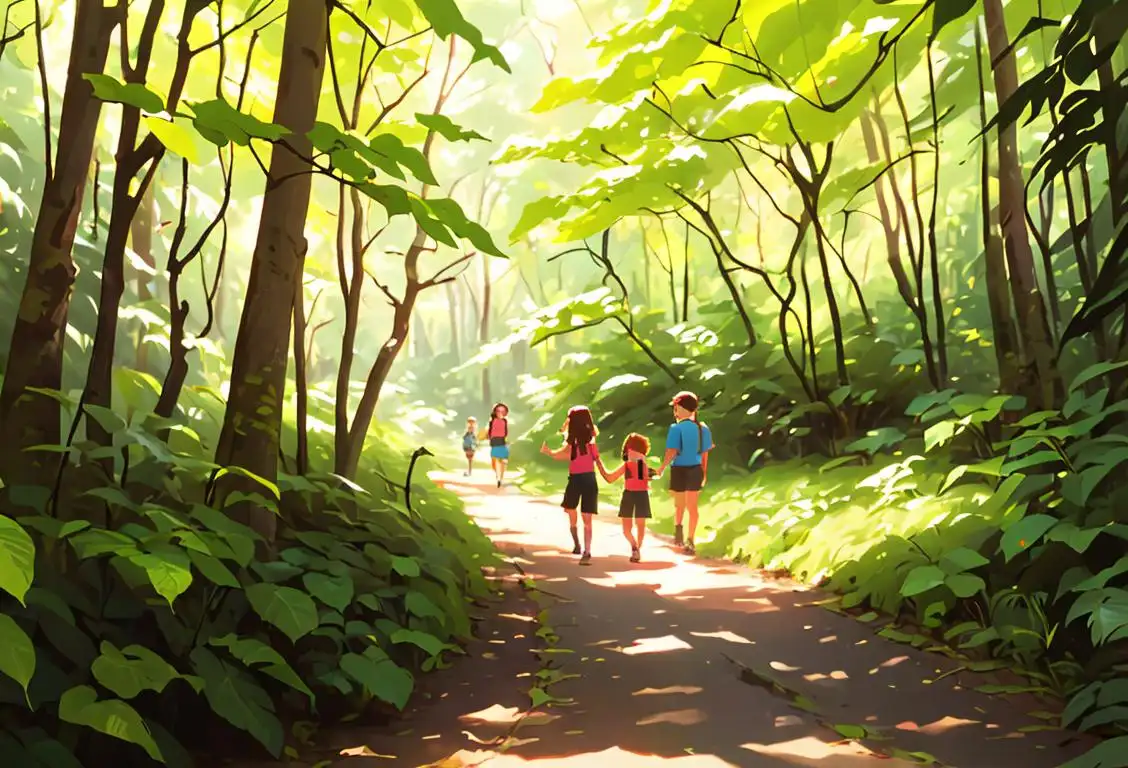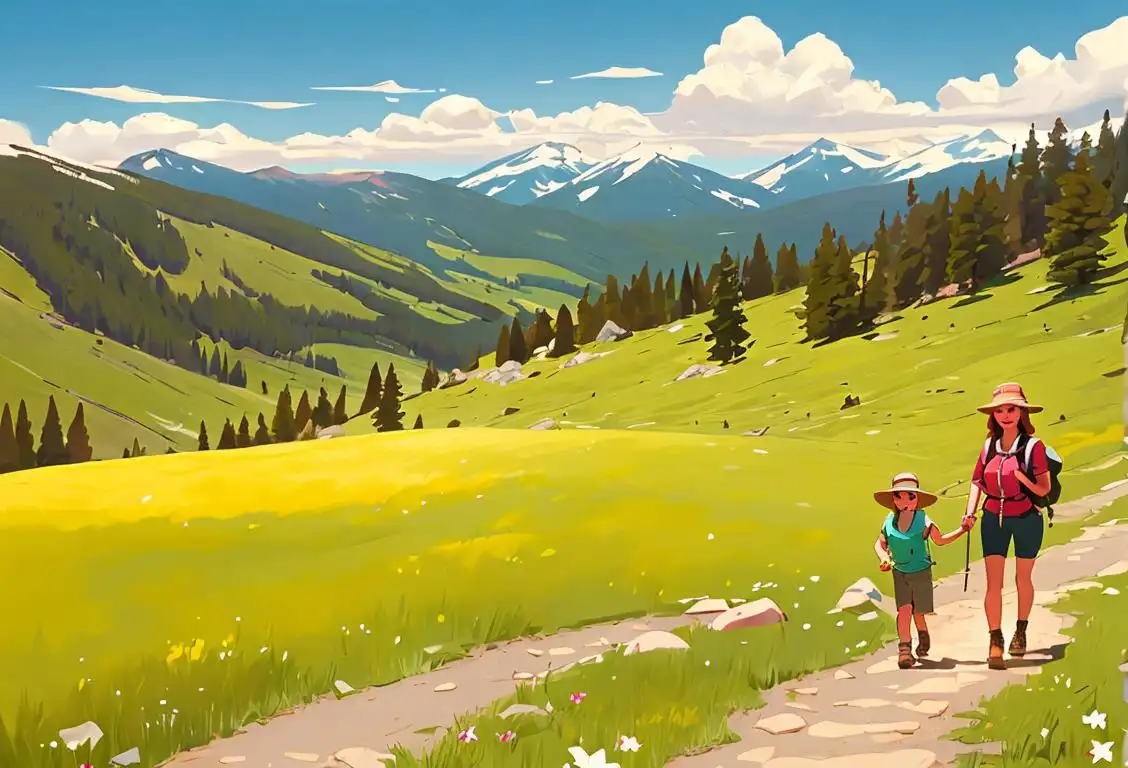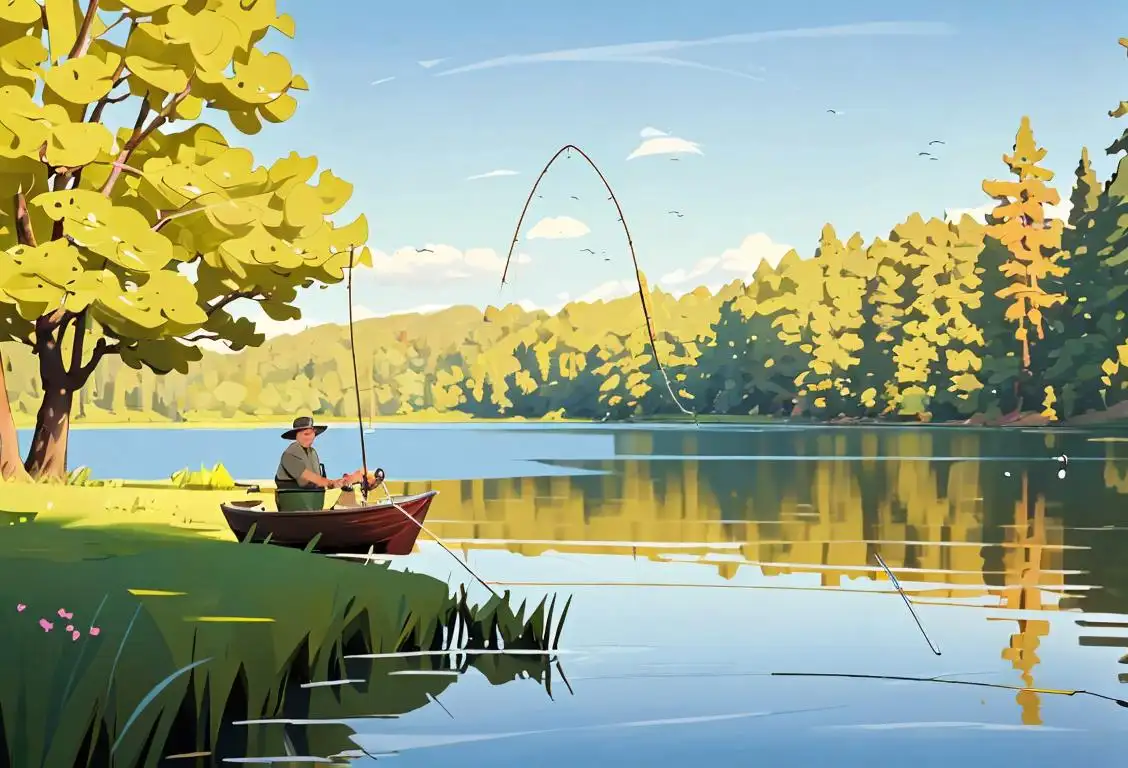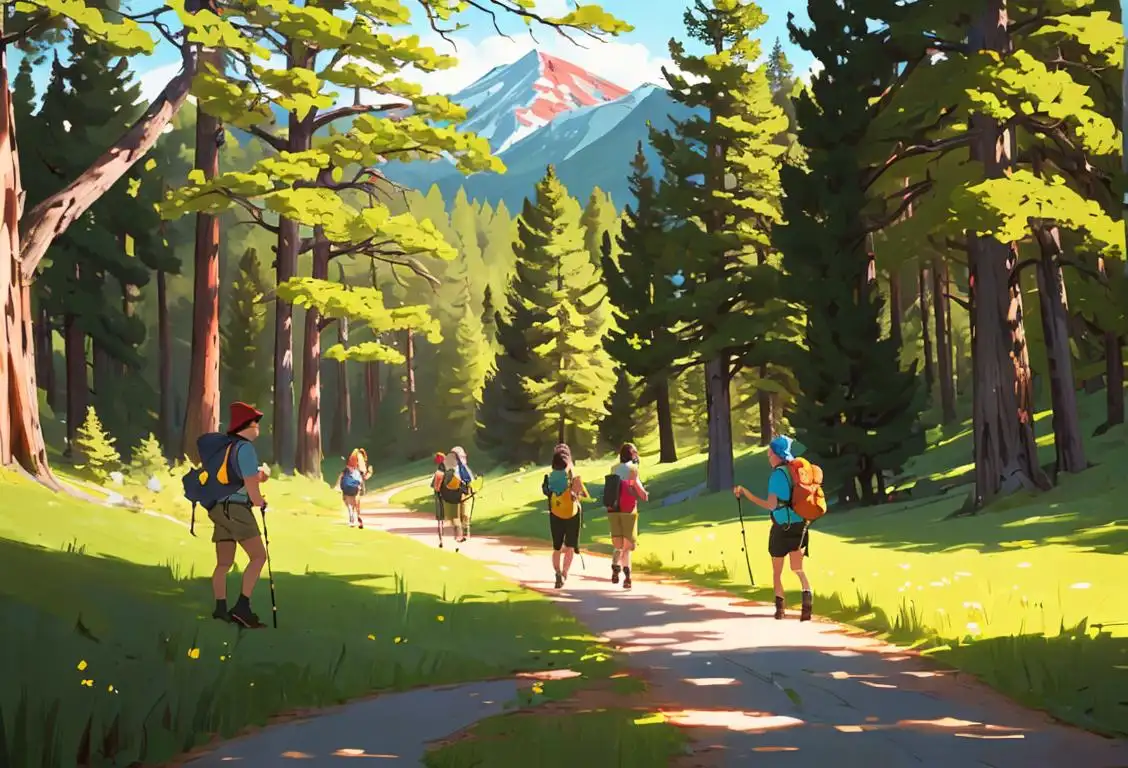National Parks For Day
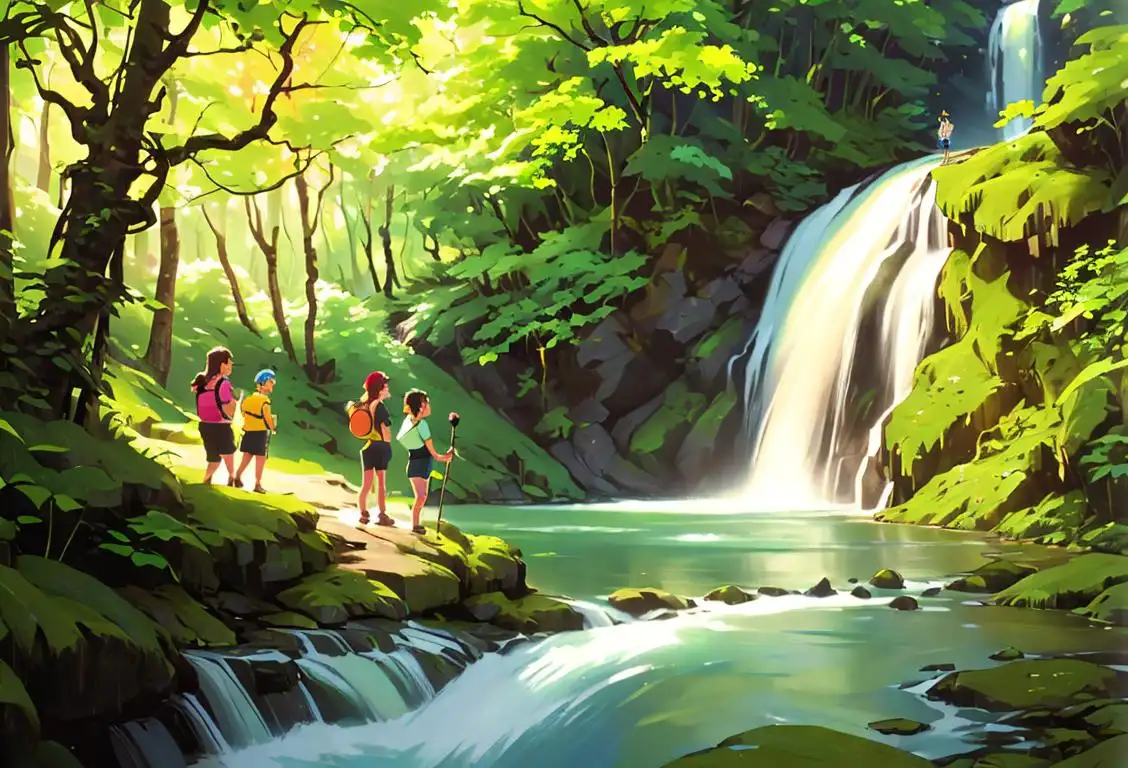
Welcome to National Parks Day! Get ready to explore the great outdoors, snap some breathtaking photos, and maybe even encounter a bear or two (from a safe distance, of course). This special day celebrates the beauty and importance of national parks all around the world. So grab your hiking boots, pack a picnic, and let's dive into the wild wonders that await!
When is Parks For Day?
It's national parks for day on the 24th September.
A Brief History of National Parks
Before we embark on our national park adventure, let's take a quick trip back in time. The idea of preserving large areas of land for public enjoyment originated with the establishment of Yellowstone National Park in 1872. It was the first national park in the United States and also the first in the world. This groundbreaking move paved the way for the creation of more national parks globally.
Today, national parks serve as protected areas where wildlife can flourish, ecosystems can thrive, and visitors can reconnect with nature. Each national park has its unique features, from towering mountains to dramatic canyons, and from tranquil lakes to vibrant coral reefs.
Exploring National Parks: A Journey Through the Wonders of Nature
Whether you're an avid explorer or just dipping your toes into the world of national parks, there's something for everyone to enjoy. Lace up your boots and venture into the wilderness on scenic trails, where you'll witness breathtaking views and encounter diverse flora and fauna.
One of the most mesmerizing national parks is Grand Canyon National Park in Arizona. Carved by the mighty Colorado River, this geological wonder is a true masterpiece. Standing on the edge of the Grand Canyon, you can't help but feel a sense of awe and appreciation for the power of nature.
If you prefer lush greenery and cascading waterfalls, head to Yosemite National Park in California. With its towering granite cliffs, ancient sequoias, and iconic landmarks like Half Dome and El Capitan, Yosemite is a photographer's paradise.
For those seeking marine adventures, dive into the crystal-clear waters of the Great Barrier Reef Marine Park in Australia. This World Heritage-listed site is home to an abundance of marine life, including colorful corals, tropical fish, and even adorable sea turtles.
The Importance of National Parks
National parks are not just pretty places to admire; they play a vital role in preserving our planet's biodiversity and protecting fragile ecosystems. These protected areas act as sanctuaries for endangered species, allowing them to thrive without the threat of development or exploitation.
Additionally, national parks provide opportunities for scientific research, environmental education, and recreational activities. They offer a chance for people to disconnect from the fast-paced modern world and reconnect with nature's wonders, promoting both physical and mental well-being.
Did You Know?
Did you know that the world's oldest national park is not Yellowstone, but rather Hot Springs National Park? Established in 1832, Hot Springs National Park in Arkansas holds the title for being the oldest national park, predating Yellowstone by 40 years.
History behind the term 'Parks For'
1872
Yellowstone National Park Established
In 1872, Yellowstone National Park was established as the first national park in the world. This marked the beginning of the concept of 'parks for' – the idea of preserving natural spaces for public enjoyment and conservation purposes.
1872
Yellowstone National Park Established
In 1872, Yellowstone National Park was established as the first national park in the United States. This marked the beginning of the 'parks for' movement, where preserved lands were designated for public enjoyment and preservation.
1916
National Park Service Created
In 1916, the National Park Service (NPS) was created to manage and protect the various national parks across the country. This marked a major step towards organized conservation efforts and the expansion of the 'parks for' movement.
1916
National Park Service Creation
In 1916, the National Park Service was established to manage and protect national parks in the United States. The creation of the National Park Service further solidified the idea of 'parks for' as a means of preserving natural and cultural heritage.
1949
International Union for Conservation of Nature (IUCN)
In 1949, the International Union for Conservation of Nature (IUCN) was founded. The IUCN plays a crucial role in promoting and guiding the establishment and management of protected areas worldwide, emphasizing the importance of 'parks for' conservation efforts globally.
1969
Cuyahoga River Fire
In 1969, the Cuyahoga River in Ohio caught fire due to pollution and ignited public outcry. This event highlighted the need for widespread environmental awareness and action. It further fueled the 'parks for' movement by emphasizing the importance of protecting natural spaces.
1970
First Earth Day
The first Earth Day was celebrated on April 22, 1970, bringing together millions of people to demonstrate support for environmental protection. The event further galvanized the 'parks for' movement, emphasizing the need to create more protected areas and promote sustainable practices.
1972
World Heritage Convention
In 1972, the World Heritage Convention was adopted by the United Nations Educational, Scientific and Cultural Organization (UNESCO). This convention aims to identify and protect cultural and natural heritage sites of outstanding universal value, further expanding the concept of 'parks for' to a global level.
2000
2000 IUCN World Parks Congress
In 2000, the IUCN World Parks Congress brought together experts and stakeholders from around the world to discuss the role and future of protected areas. This congress highlighted the importance of 'parks for' sustainable development, biodiversity conservation, and the well-being of local communities.
1983
Commission on National Parks and Recreation
In 1983, the Commission on National Parks and Recreation published a report recommending the establishment of additional national parks and protected areas. This report helped shape the expansion of the 'parks for' movement by providing a roadmap for future conservation efforts.
1994
Cancun Declaration
The Cancun Declaration was adopted during the International Congress of National Parks and Other Protected Areas in 1994. It emphasized the role of parks in conserving biological diversity and promoting sustainable development. The declaration reaffirmed the global significance of the 'parks for' movement.
2003
World Parks Congress
The World Parks Congress in 2003 brought together park managers, indigenous people, and conservation experts to discuss the future of protected areas. The congress aimed to strengthen and expand the 'parks for' movement worldwide, emphasizing the importance of collaboration and innovation in conservation efforts.
2016
100th Anniversary of National Park Service
In 2016, the National Park Service celebrated its 100th anniversary, reflecting on a century of preserving and managing national parks. This milestone highlighted the continuous growth and impact of the 'parks for' movement, inspiring future generations to protect and enjoy these natural treasures.
Did you know?
Did you know that the world's oldest national park is not Yellowstone, but rather Hot Springs National Park? Established in 1832, Hot Springs National Park in Arkansas holds the title for being the oldest national park, predating Yellowstone by 40 years.Tagged
nature adventure wildlife conservation outdoorsFirst identified
11th September 2018Most mentioned on
24th September 2020Total mentions
368Other days
Parks For Day
Park One Day
Parks On Day
Parks In One Epic Day
Parks Across The Country Are Waiving Entrance Fees Public Lands Day
Parks To Reopen To Day
Parks Are Offering Free Admission For Anyone Who Visits Day
Hunting And Fishing Day
Park For A Day
Find A Rainbow Day
